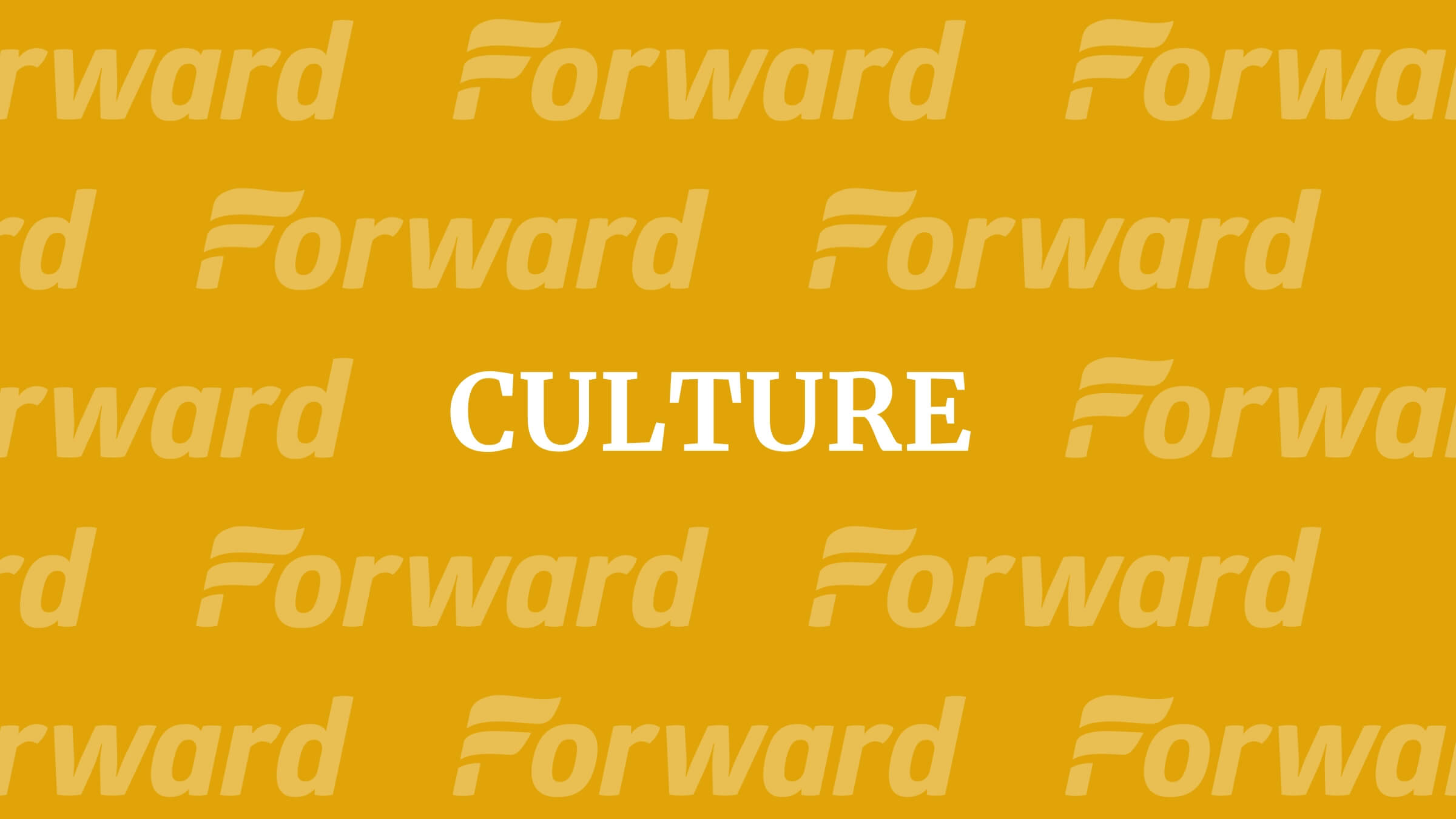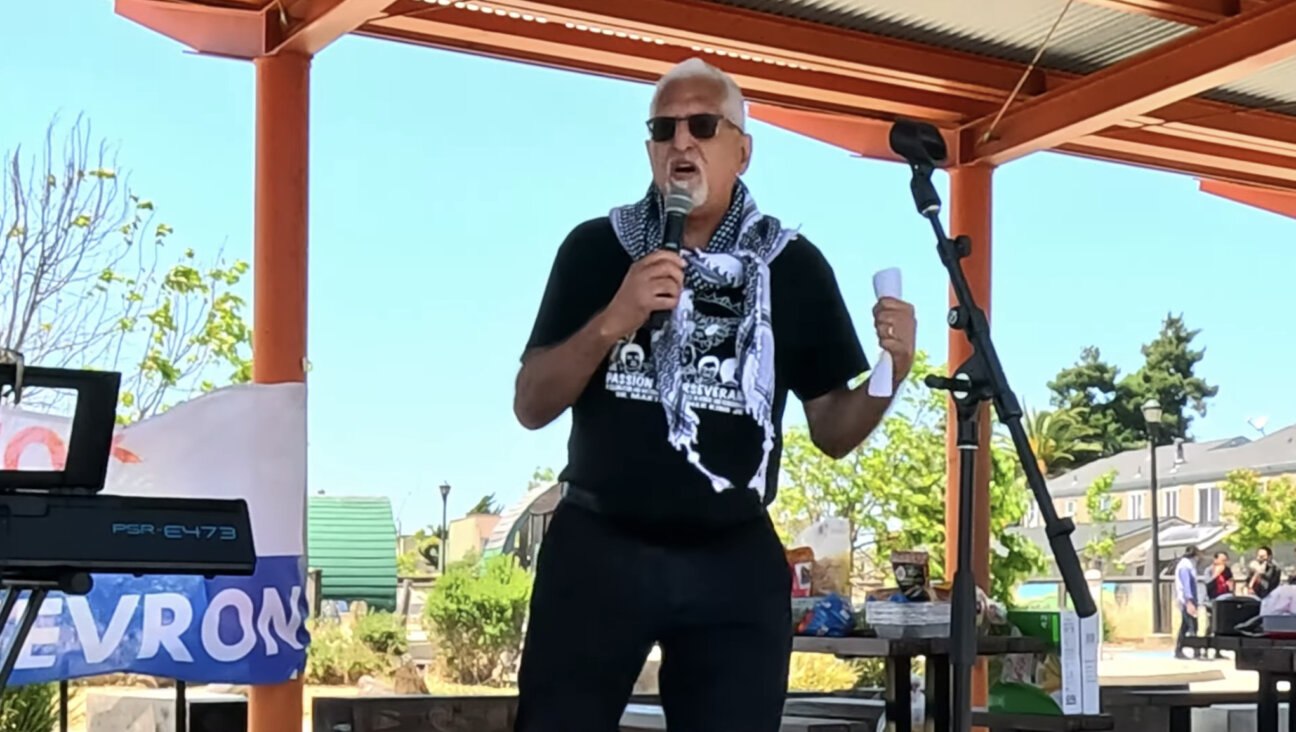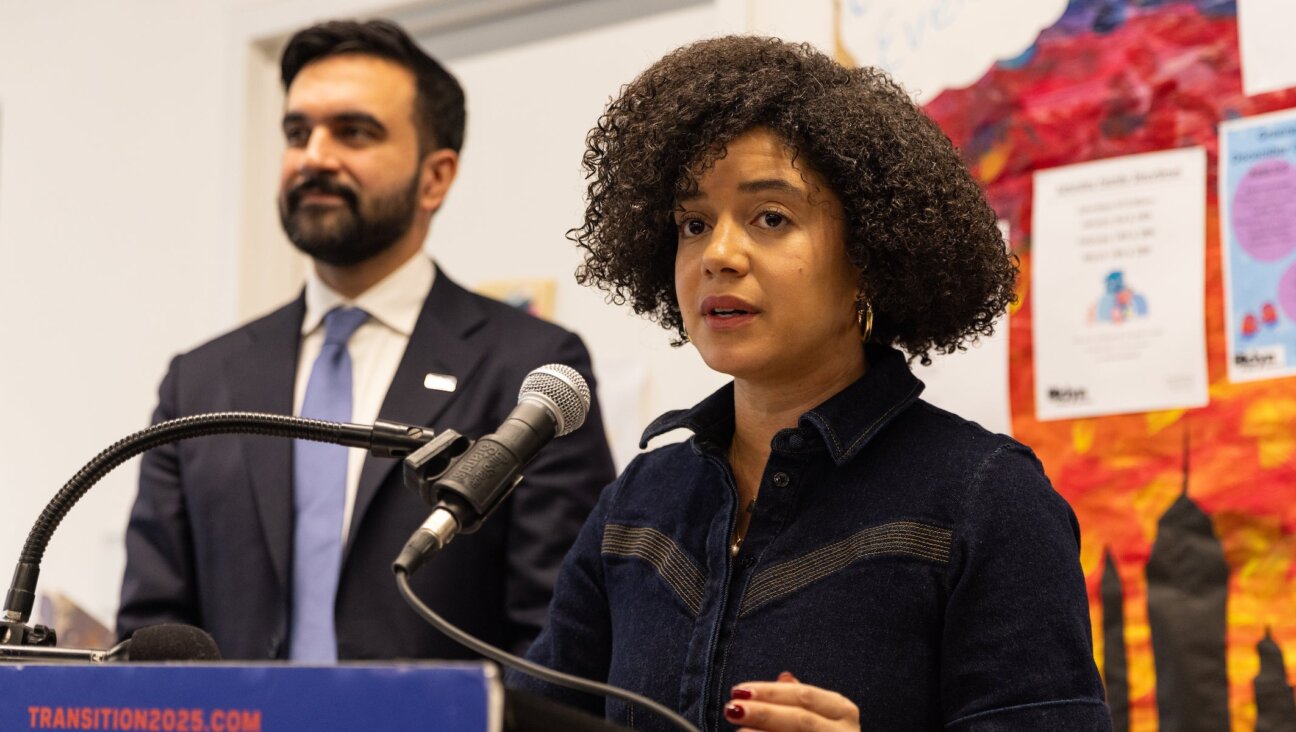This is the Forward’s coverage of the Yiddish language historically spoken by Ashkenazi Jews in Europe and still spoken by many Hasidic Jews today.
For more stories on Yiddishkeit, see Yiddish World, and for stories written in Yiddish,…
This is the Forward’s coverage of the Yiddish language historically spoken by Ashkenazi Jews in Europe and still spoken by many Hasidic Jews today.
For more stories on Yiddishkeit, see Yiddish World, and for stories written in Yiddish,…

Each Thursday, the Arty Semite features reviews and excerpts of the best contemporary Jewish poetry. This week, however, the poet and poem are contemporary in spirit, if not in fact. Morris Rosenfeld, born in 1862 in Russian Poland, became famous in the early 20th century as one of the Yiddish “sweatshop poets” of New York….

I never learned to speak Yiddish. As a child in the 1950s and ‘60s, it was the language of my grandparents, the language that my parents only spoke when they didn’t want me or my brothers to understand what they were talking about (and I don’t think they spoke it when my childhood friend Michael…

On the Yiddish Song of the Week blog, Forverts associate editor Itzik Gottesman writes about “Di mode” (“Fashion”), a poem by the early Yiddish writer Yitskhok Yoel Linetski, as adapted by his grandmother, Lifshe Schaechter-Widman: I never thought I would thank Google Books in this blog, but the website has opened up tremendous possibilities for…

A longer version of this post appeared in Yiddish. Some weeks ago, on December 12, I was involved in a commemoration at YIVO of the 120th birthday anniversary of the great Yiddish actor and director Solomon (Shloyme) Mikhoels. I am not sure if Mikhoels is well known among the younger generation in Russia, or anywhere…

On the Yiddish Song of the Week blog, Dmitri Slepovitch writes about “Ikh vel nit ganvenen” (“I Will Not Steal”), a song he recorded in his native Belarus: I recorded “Ikh vel nit ganvenen” (“I Will Not Steal”) in Mogilev, Belarus, from Sterna Gorodetskaya, born in 1946 into the only Jewish family that got reunited…

Tongues have been clicking in the Orthodox world about the U.S. debut of Eve Annenberg’s feature film “Romeo and Juliet in Yiddish” (which I previously wrote about for the Forward here), but the New York Jewish Film Festival screening on January 16 at Lincoln Center sold out quickly and the Hasidic dropouts-turned actors who star…

Earlier this week, Michael Wex, author of “The Frumkiss Family Business,” wrote about writing about intermarriage and being the kvetch guy. His blog posts are being featured this week on The Arty Semite courtesy of the Jewish Book Council and My Jewish Learning’s Author Blog series. For more information on the series, please visit: I…

On the Yiddish Song of the Week Blog, Forverts associate editor Itzik Gottesman writes about “Tunkl brent a fayer” (“A Fire Burns Dimly”), a song about an agune, a woman who was abandoned by her husband but cannot remarry: [Jacob (Yankev) Gorelik] sang “Tunkl brent a fayer” (“A Fire Burns Dimly”) in his apartment in…








100% of profits support our journalism